The nineteenth century was the era of “isms”. From Classicism to Impressionism, Realism, Orientalism, Aestheticism, Romanticism and Pointillism only to name a few. Art was fracturing into camps becoming an extension of philosophical and aesthetic ideas as much as it was about picture making. Many of these movements, and the artists in them were fluid, evolved and changed as new ideas and artists flowed through them. One of the most influential art movements of the late nineteenth century was Symbolism.
Growing out of the Romantic Movement and artists like Delacroix, Blake and Goya, adopting concepts from the Pre Raphaelites such as Rossetti and Ruskin, as well as using the ideas of the Arts and Crafts movement like William Morris, the Symbolists placed emphasis on the personal emotions and expression of the artist, that art could communicate deep emotion and spirituality through images without being confined to academic representations. The Symbolists like Moureau, Klimt, Burne Jones and Bocklin would use fantasy and dreamscapes to create images of otherworldly environments having a profound effect on later artists such Picasso, Dali, The Expressionists and the Surrealists.
One of the most famous Symbolists was the English painter George Frederick Watts (1817-1904) Studying at the Royal Academy Watts’ 50 year career traces the second half of the nineteenth century’s fascinating exploration through all the many “isms” with his paintings being influenced by Pre Raphaelites, Arts and Crafts, Classicism and Realism, as well as Darwinism and Aestheticism, using mythology and classical motifs to explore modern concepts.
Although ridiculed after his death in the early 20th century, (like most Victorians) today Watts’ paintings are proudly displayed in the some of the worlds most famous museums. The largest collections of his paintings is in the Tate Gallery London to whom he donated many of his works late in life. In today’s post-modern fantasy art I see a deep influence of the Symbolists like Watts as artists grapple with contemporary social and spiritual struggles of man vs. technology which in many ways parallel the challenges of artists of a century earlier.


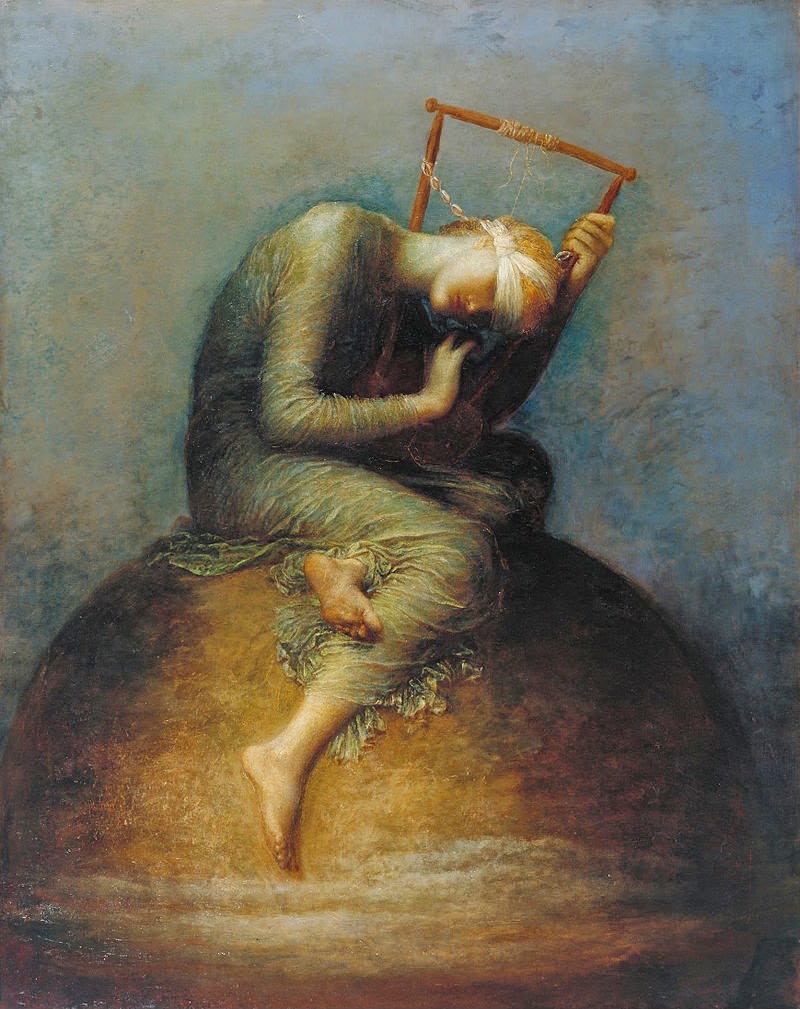


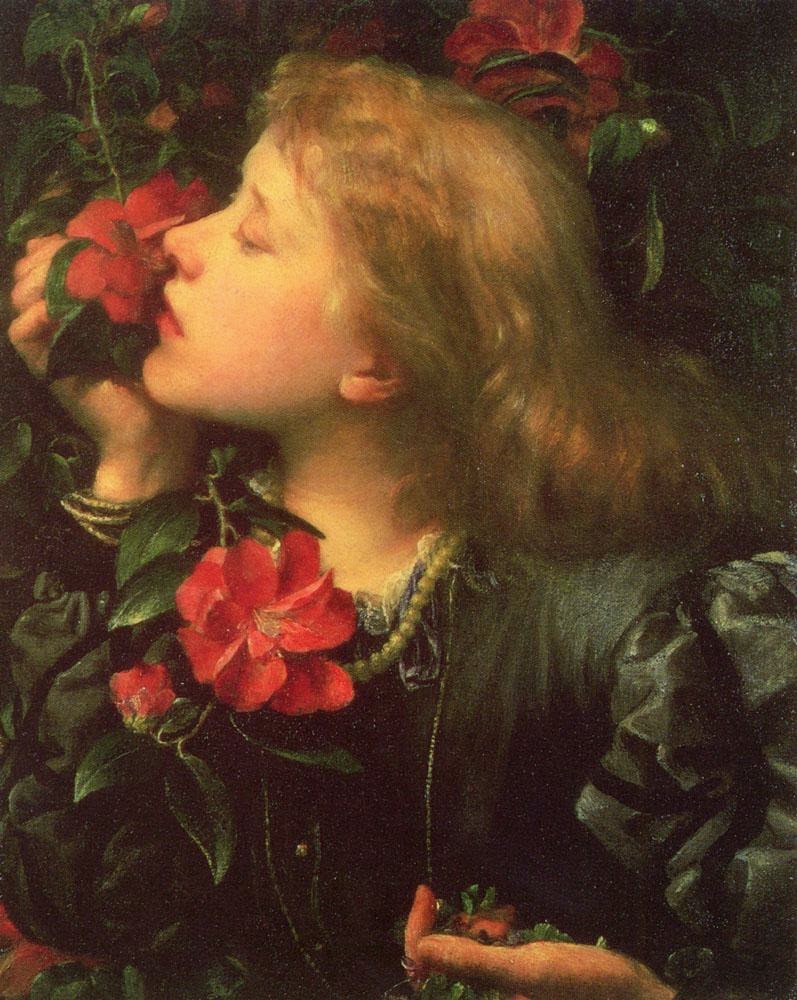
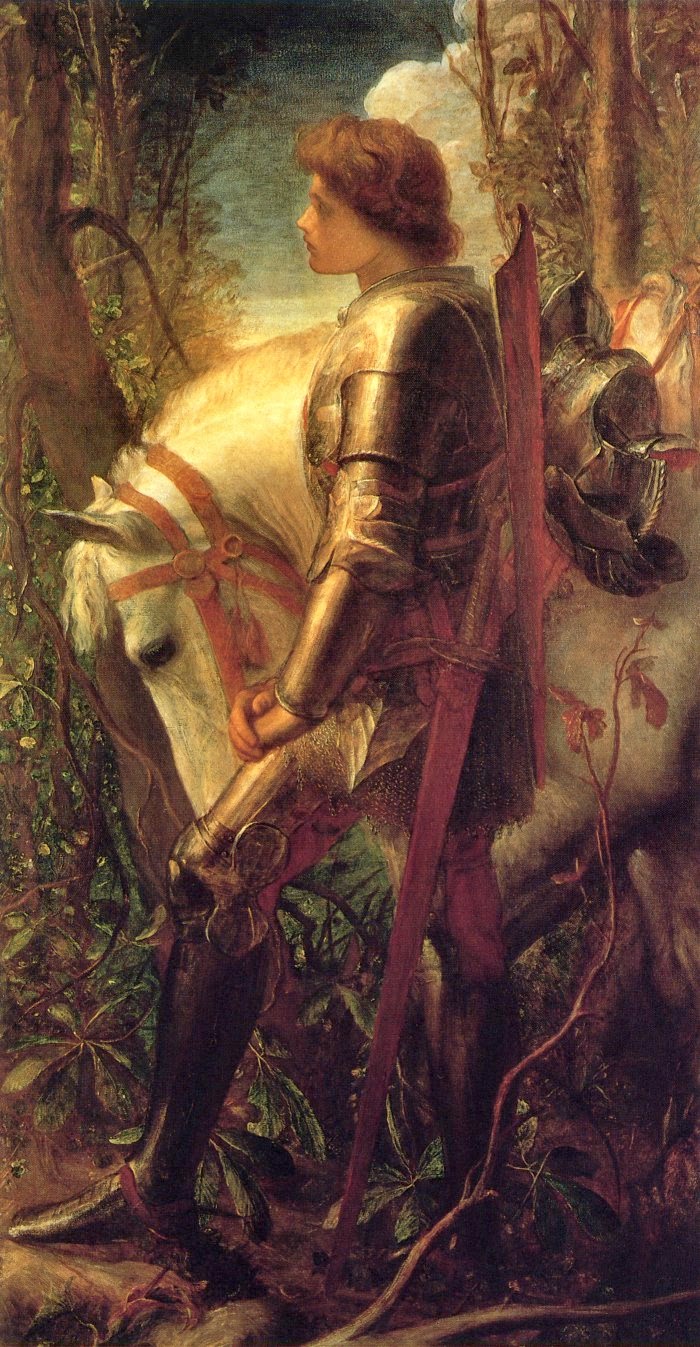

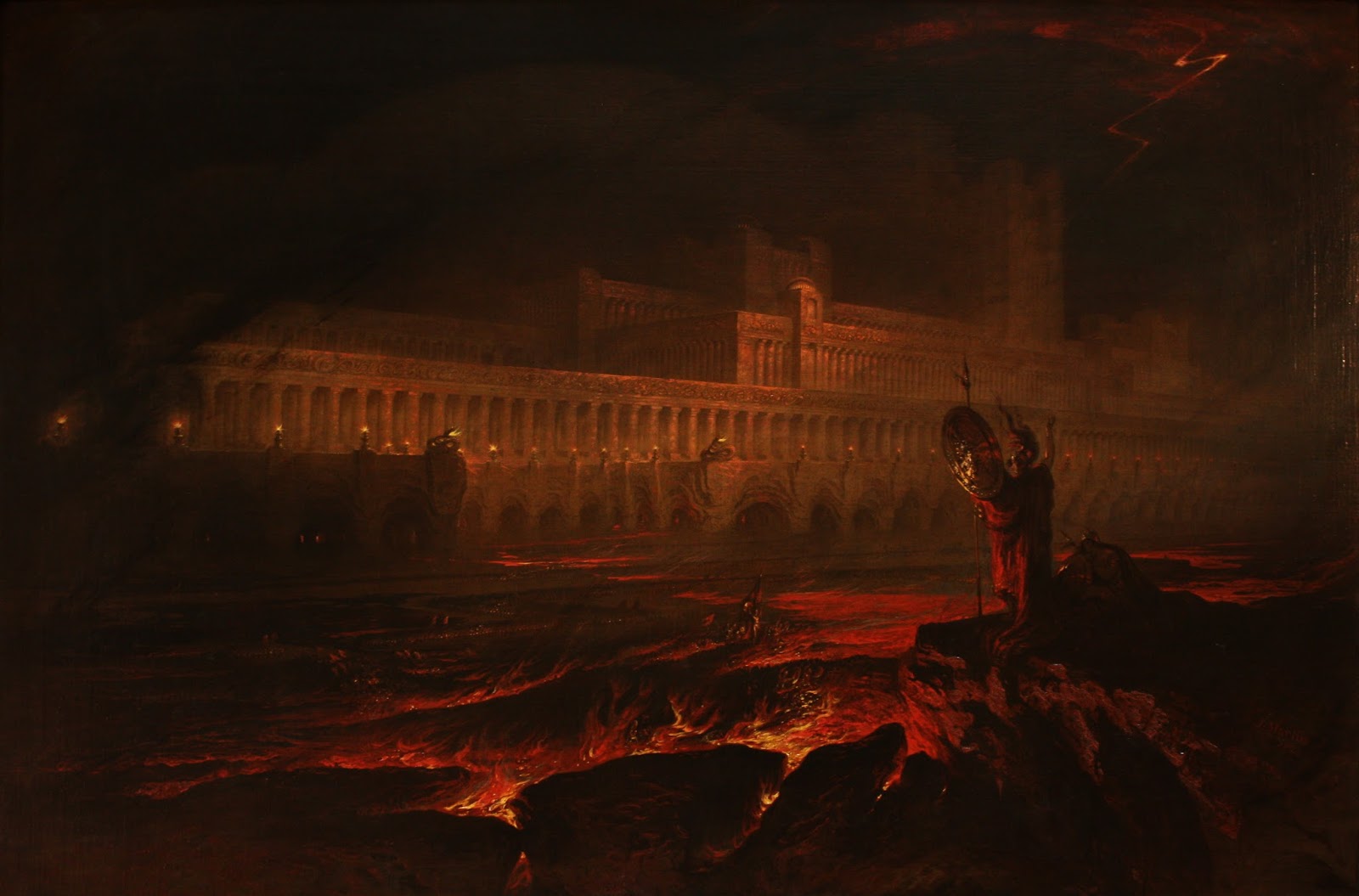
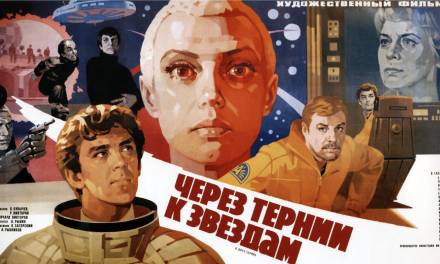
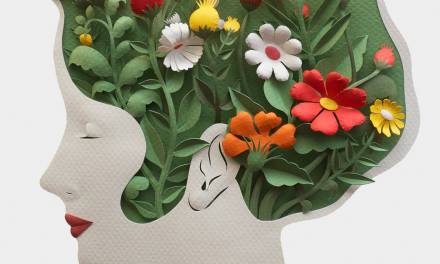

Really enjoy these posts William. Thank you.